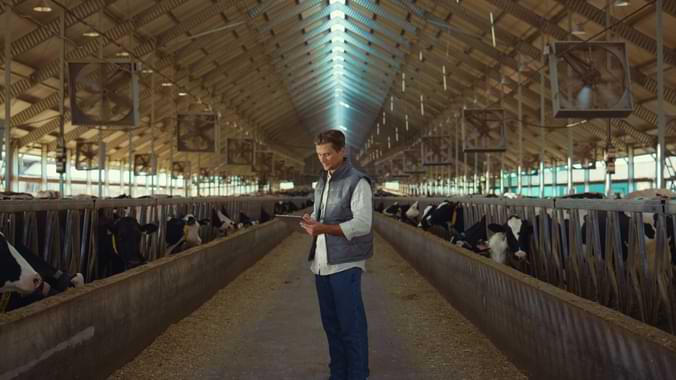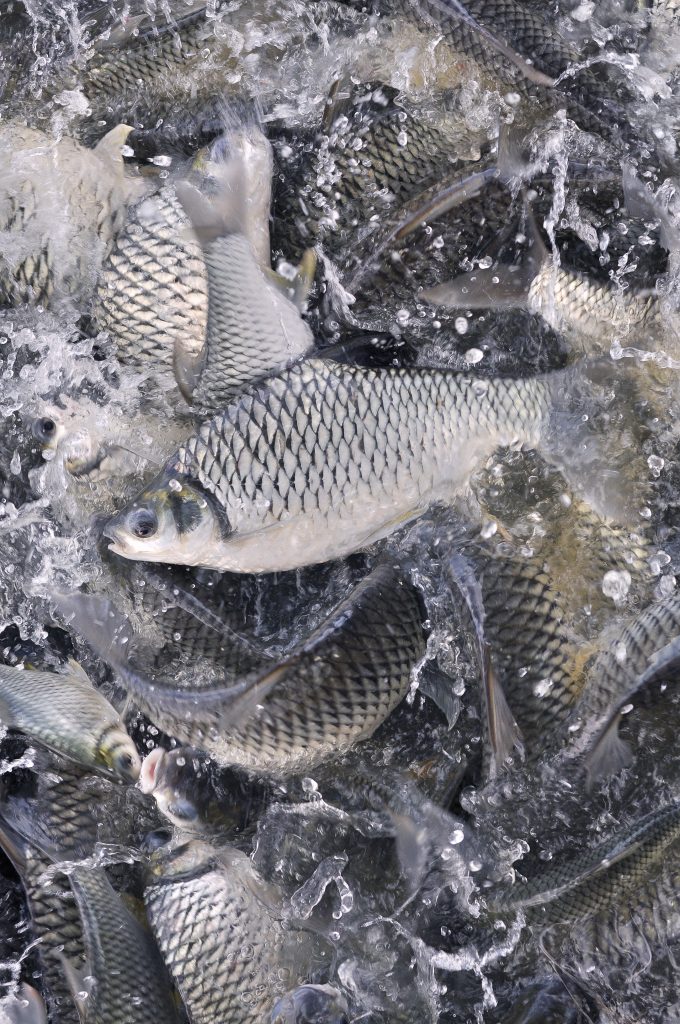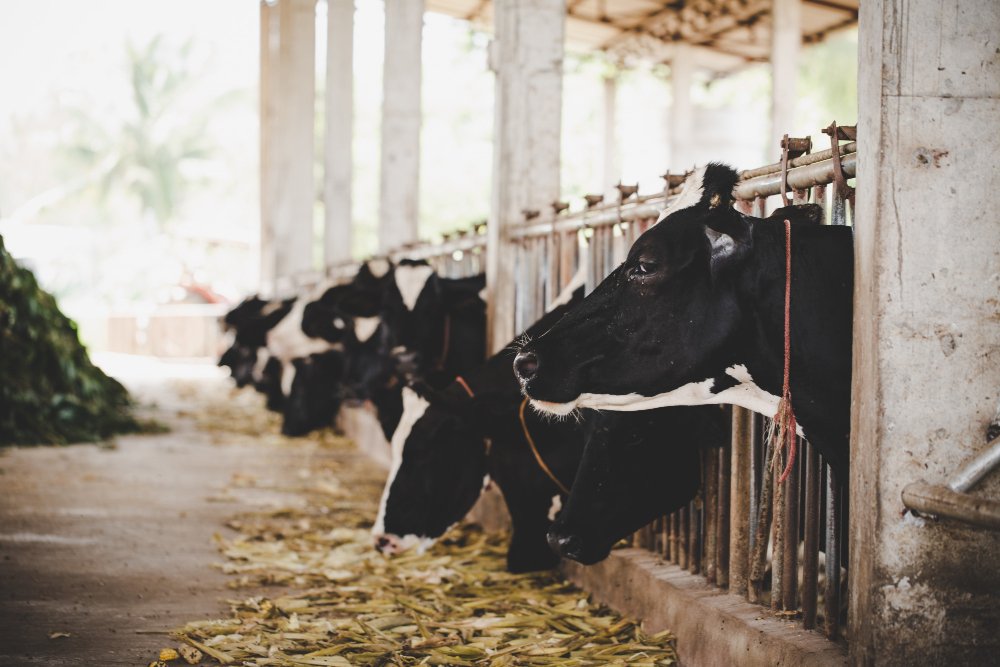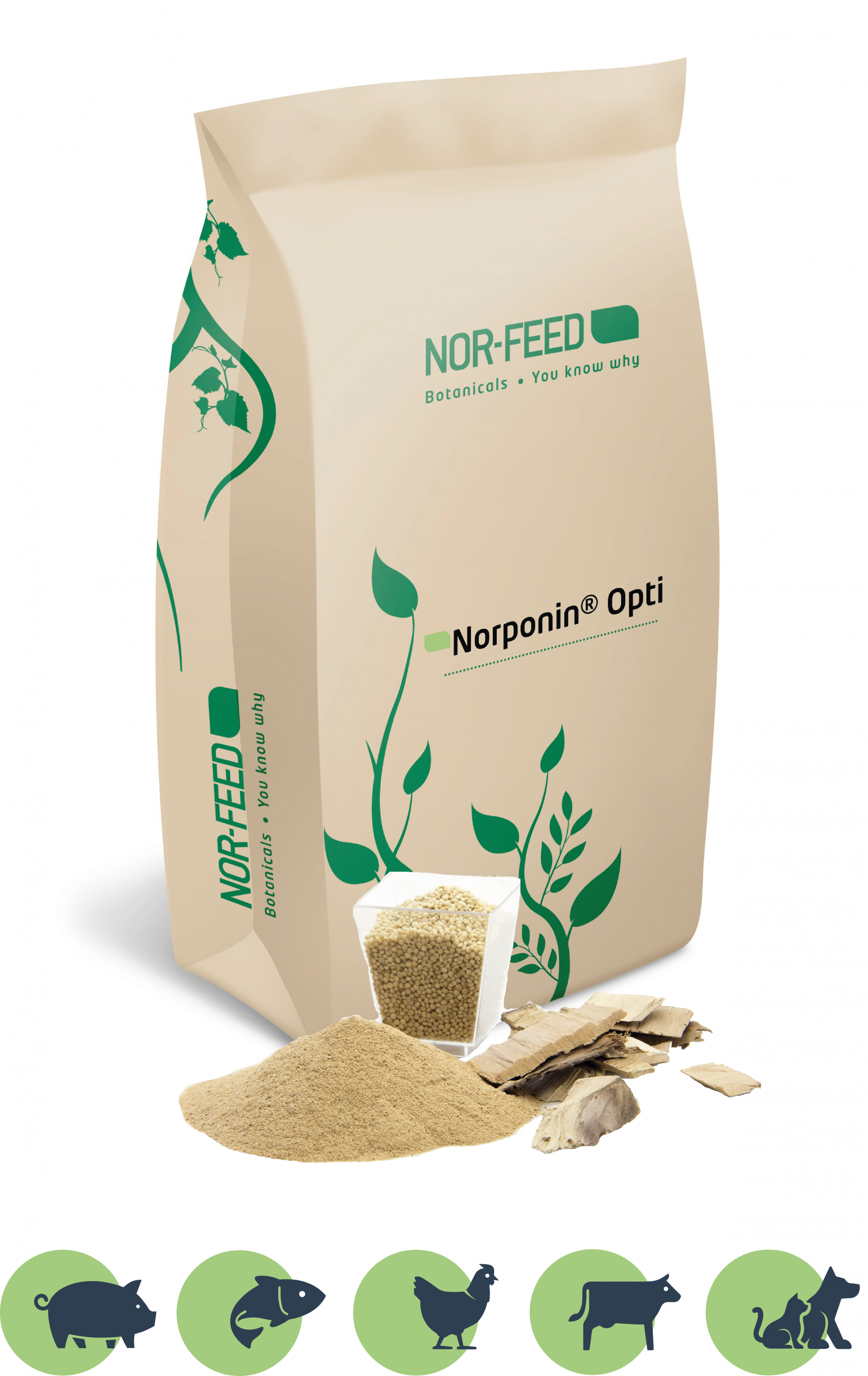Solutions
Enjeux
Ammonia emissions: an issue for animal health and the environment

What is
Ammonia?
Ammonia (NH₃) from agricultural activities has become a public concern because the impact on human and animal health is notable. This gas can also cause acidity in the environment in turn causing acid rain, eutrophication phenomena and the development of green algae. Finally, ammonia can combine with other polluting gases, in particular, nitric acid from road transport gases, to form ammonium nitrate, a component of fine particles in the air. Ammonia is a colorless, irritating gas that people can smell at about 20 ppm. The ammonium then turns into ammonia, its gaseous form, when the liquid is exposed to the air.
A toxic gas
For humans and animals
This gas is toxic and dangerous for all organisms. Indeed, at low doses, it will act on sensitive and exposed areas, and at higher doses, it can damage more vital organs or affect immunity. The following table summarizes the possible damages of ammonia in conventional monogastric livestock.
In addition, the potential harm to farmers must be highlighted. Indeed, chronic exposure can cause long-term health problems for farmers. As a reference, the European Union imposes an Occupational Exposure Limit (OEL) of 20ppm and in France, this brought to 10ppm.
NH3/NH4+ | Impact on animals |
|---|---|
5 – 25 ppm | Irritation of sensitive areas (eyes, trachea) Slight coughing |
25-50 ppm | Breathing problems Immunity depression Increased susceptibility to bacterial and viral infections |
≥ 50 ppm | Reduced growth performance Severe ocular alteration Increase in mortality |

The metabolism of
Ammonia
Although the result is identical, the ammonia metabolism of cattle and pigs must be differentiated from that of poultry metabolism. Ammonia is the ultimate product of nitrogenous dejection of the animal cellular metabolism, it comes either from urea (pigs, cows) or uric acid (poultry). Then, most of the ammonia is produced in the external environment, from manure or litter. Nitrogen in the form of urea in pigs’ urine will react with an enzyme, urease, produced by specific bacteria present in the faeces. The ideal conditions are then met when the urine mixes with the faeces to start the degradation process. For poultry, it is in the form of uric acid that the unabsorbed nitrogen will be evacuated in the faeces. Again, under wet conditions (e.g. litter underwater pipettes), urease will allow the formation of ammonia.
The humidity of the buildings, the ventilation, the pH and the temperature are parameters which will influence the ammonia metabolism in one way or the other. Indeed, they can change the NH3/NH4+ balance and thus lower or increase the release of ammonia into the air. Nutrition can also be mentioned as a major factor influencing ammonia emissions since a feed that is too concentrated in protein, poorly balanced or made from poor quality protein sources will lead to an increase in nitrogenous waste by the animal.
Solutions to mitigate these
Harmful emissions in livestocks
There are solutions to lower these harmful emissions as much as possible. First, a better feed formulation based on an adjustment of the amino acids, which is adapted to the needs of the animal and avoids any surplus. In addition, the separation of the liquid and solid phases of the manure can be effective, in the same way as the acidification of the manure before separation. Regular litter changes for poultry and regular emptying of manure pits for pigs also help reduce emissions in buildings. Finally, some natural plant-based saponin solutions can be added to the feed to effectively inhibit the release of ammonia into the air.

Our 100% natural solution to reduce ammonia emissions
Norponin® Opti
Norponin® Opti is a solution combining different saponin-rich plants that is as efficient as Yucca schidigera in reducing ammonia emissions.
NB: These issues also affect aquaculture insofar as ammonia absorbed at the gill level can cause many disorders and damages in all species. The level of ammonia in production ponds is indeed a criterion of water quality to be taken into account in the same way as the other parameters above.



